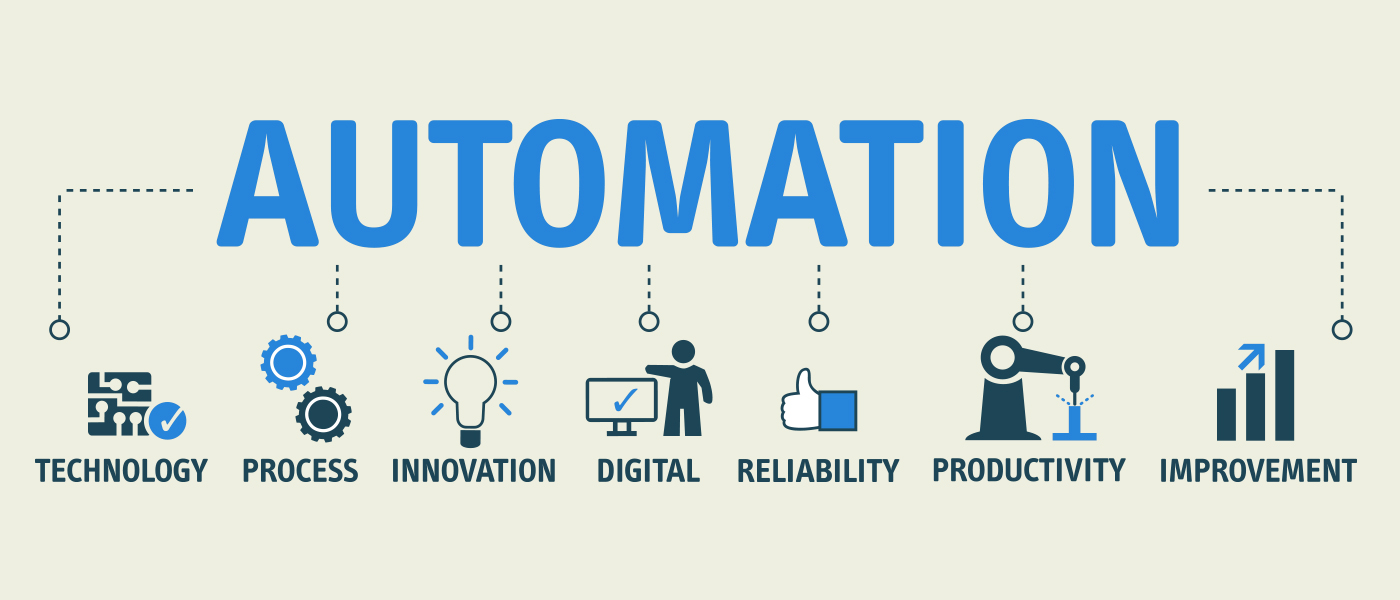
In the administration of taxation, the provisions for arrests are created to tackle certain situations raised by some unscrupulous tax evaders. Arrest provisions may appear to be very harsh but these are necessary for efficient tax administration and also act as a deterrent and instill a sense of discipline. The provisions for arrests under GST Law have sufficient inbuilt safeguards to ensure that these are used only under authorization from the Commissioner. Besides this, the GST Law also stipulates that arrests can be made only in those cases where the person is involved in offences specified for the purposes of arrest and the tax amount involved in such offence is more than the specified limit.
In this regard, Section 69(1) of the Central Goods and Services Tax Act, 2017 (“the CGST Act”) reads as under:
“69. Power to arrest.
(1) Where the Commissioner has reasons to believe that a person has committed any offence specified in clause (a) or clause (b) or clause (c) or clause (d) of sub-section (1) of section 132 which is punishable under clause (i) or (ii) of sub-section (1), or sub-section (2) of the said section, he may, by order, authorise any officer of central tax to arrest such person.”
Relevant portion of Section 132 of the CGST Act is reproduced below:
“132. Punishment for certain offences.
(1) [Whoever commits, or causes to commit and retain the benefits arising out of][1], any of the following offences, namely:-
(a) supplies any goods or services or both without issue of any invoice, in violation of the provisions of this Act or the rules made thereunder, with the intention to evade tax;
(b) issues any invoice or bill without supply of goods or services or both in violation of the provisions of this Act, or the rules made thereunder leading to wrongful availment or utilisation of input tax credit or refund of tax;
(c) avails input tax credit using the invoice or bill referred to in clause (b) or fraudulently avails input tax credit without any invoice or bill;
(d) collects any amount as tax but fails to pay the same to the Government beyond a period of three months from the date on which such payment becomes due;
shall be punishable––
(i) in cases where the amount of tax evaded or the amount of input tax credit wrongly availed or utilised or the amount of refund wrongly taken exceeds five hundred lakh rupees, with imprisonment for a term which may extend to five years and with fine;
(ii) in cases where the amount of tax evaded or the amount of input tax credit wrongly availed or utilised or the amount of refund wrongly taken exceeds two hundred lakh rupees but does not exceed five hundred lakh rupees, with imprisonment for a term which may extend to three years and with fine;
(2) Where any person convicted of an offence under this section is again convicted of an offence under this section, then, he shall be punishable for the second and for every subsequent offence with imprisonment for a term which may extend to five years and with fine.
(3) The imprisonment referred to in clauses (i), (ii) and (iii) of sub-section (1) and sub-section (2) shall, in the absence of special and adequate reasons to the contrary to be recorded in the judgment of the Court, be for a term not less than six months.
(4) Notwithstanding anything contained in the Code of Criminal Procedure, 1973, (2 of 1974) all offences under this Act, except the offences referred to in sub-section (5) shall be non-cognizable and bailable.
(5) The offences specified in clause (a) or clause (b) or clause (c) or clause (d) of sub-section (1) and punishable under clause (i) of that sub-section shall be cognizable and non-bailable.”
From a co-joint reading of the above provisions, as per Section 69 of the CGST Act, the power to arrest can only be invoked when the Commissioner having reason to believe on the basis of concrete or credentials evidence or documents and a person has committed specified offence, however, Section 132 of the CGST Act does not use the term ‘reason to believe’ and it says whoever commits or causes to commit and retains benefit from specified offences.
Thus, for arresting a CA who has simply filed GST return for a professional fee, two conditions must be met for prosecution under Section 132:
- Causes to commit and
- Retaining benefit
In our considered view, it cannot be said that the CA has committed an offence and professional fee cannot be said as retaining the benefit. If Section 69 wanted to arrest such tax professionals, then it should also have used the term ‘causes to commit and retains the benefit of’. Therefore, if the Commissioner wants to arrest such professionals then he has to establish that he has committed a specified offence and retained benefit which can be only established by issuance of a show cause notice and then order being passed under Section 74 of the CGST Act. At most such offence can be a bailable offence under Section 132(4) of the CGST Act.
GST Law must envisage usage of settled Law Jurisprudence by the Hon’ble SC:
SC directed for installation of CCTV Systems at investigation agencies offices and police stations
Directed for formation of State Level Oversight Committee (SLOC) and District\ Level Oversight Committee (DLOC) for purchase distribution and installation of CCTV at police stations and ensure proper working of the same. Further, directed central government to ensure that ensure that such CCTV cameras are installed at all offices of central government agencies, also where interrogation of persons takes place. This includes offices of the CBI, NIA, ED, NCB, DRI, and SFIO, etc. Stated that the Court could then summon the CCTV camera footage concerning the incident for its safekeeping. This footage may then be made available to an investigation agency to process further the complaint made to it- Hon’ble SC in Paramvir Singh Saini v. Baljit Singh & Others [Special Leave Petition (Criminal) No. 3543 of 2020 dated December 02, 2020]
Guidelines required to be followed while making arrests
In a landmark judgment in the case of D.K. Basu v. State of West Bengal reported in [1997 (1) SCC 416], the Hon’ble SC has laid down specific guidelines required to be followed while making arrests. While this is in relation to police, it needs to be followed by all departments having power of arrest. These are as under:
(a) The police personnel carrying out the arrest and handling the interrogation of the arrestee should bear accurate, visible and clear identification and name tags with their designations. The particulars of all such police personnel who handle interrogation of the arrestee must be recorded in a register.
(b) The police officer carrying out the arrest shall prepare a memo of arrest at the time of arrest and such memo shall be attested by at least one witness, who may be either a member of the family of the arrestee or a respectable person of the locality from where the arrest is made. It shall also be counter signed by the arrestee and shall contain the time and date of arrest.
(c) A person who has been arrested or detained and is being held in custody in a police station or interrogation center or other lock up, shall be entitled to have one friend or relative or other person known to him or having interest in his welfare being informed, as soon as practicable, that he has been arrested and is being detained at the particular place, unless the attesting witness of the memo of arrest is himself such a friend or a relative of the arrestee.
(d) The time, place of arrest and venue of custody of an arrestee must be notified by the police where the next friend or relative of the arrestee lives outside the district or town through the Legal Aid Organization in the District and the police station of the area concerned telegraphically within a period of 8 to 12 hours after the arrest.
(e) An entry must be made in the diary at the place of detention regarding the arrest of the person which shall also disclose the name of the next friend of the person whohas been informed of the arrest and the names and particulars of the police officials in whose custody the arrestee is.
(f) The arrestee should, where he so requests, be also examined at the time of his arrest and major and minor injuries, if any present on his/her body, must be recorded at that time. The ‘Inspection Memo’ must be signed both by the arrestee and the police officer effecting the arrest and its copy provided to the arrestee.
(g) The arrestee should be subjected to medical examination by the trained doctor every 48 hours during his detention in custody by a doctor on the panel of approved doctors appointed by Director, Health Services of the concerned State or Union Territory, Director, Health Services should prepare such a panel for all Tehsils and Districts as well.
(h) Copies of all the documents including the memo of arrest, referred to above, should be sent to the Magistrate for his record.
(i) The arrestee may be permitted to meet his lawyer during interrogation, though not throughout the interrogation.
(j) A police control room should be provided at all district and State headquarters where information regarding the arrest and the place of custody of the arrestee shall be communicated by the officer causing the arrest, within 12 hours of effecting the arrest and at the police control room it should be displayed on a conspicuous notice board.
[1] Substituted vide Finance Act, 2020 dated March 27, 2020 w.e.f. January 01, 2021 before it was read as “Whoever commits any of the following offences”
Therefore, in our opinion and as per the relevant provisions of law, there are no grounds under which these innocent and young Chartered Accountants may be arrested. Moreover, the process which was followed by the CGST Department, have abused the due process of law and overridden the guidelines issued by the Hon’ble Apex Court as well. As a result, there is need to streamline these provisions in line with arrest and prosecution provisions under the Income Tax Law which have been overhauled recently.
DISCLAIMER: The views expressed are strictly of the author and SDY & CO. Chartered Accountants. The contents of this article are solely for informational purpose and for the reader’s personal non-commercial use. It does not constitute professional advice or recommendation of firm. Neither the author nor firm and its affiliates accepts any liabilities for any loss or damage of any kind arising out of any information in this article nor for any actions taken in reliance thereon. Further, no portion of our article or newsletter should be used for any purpose(s) unless authorized in writing and we reserve a legal right for any infringement on usage of our article or newsletter without prior permission.
